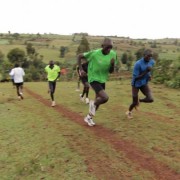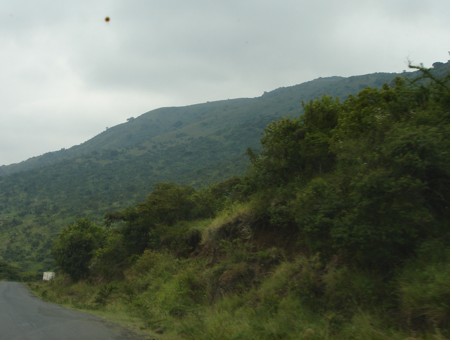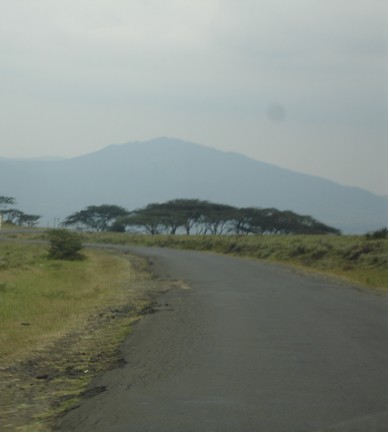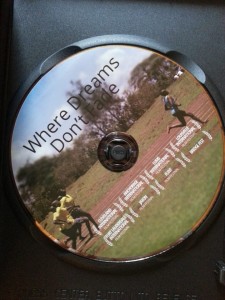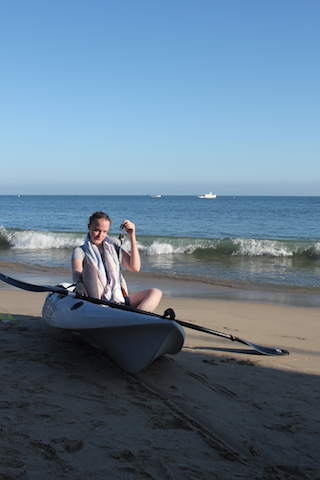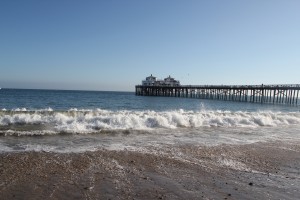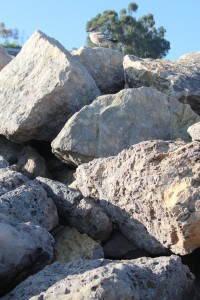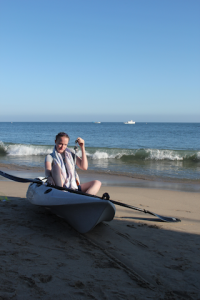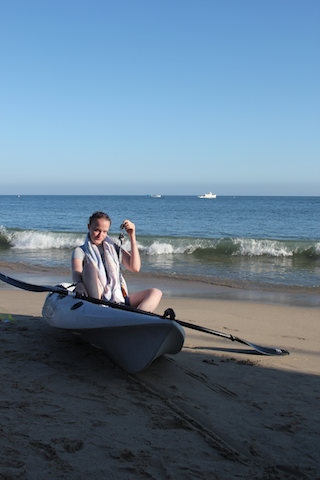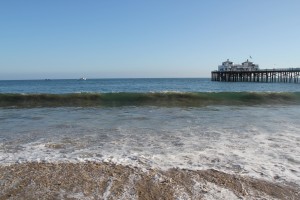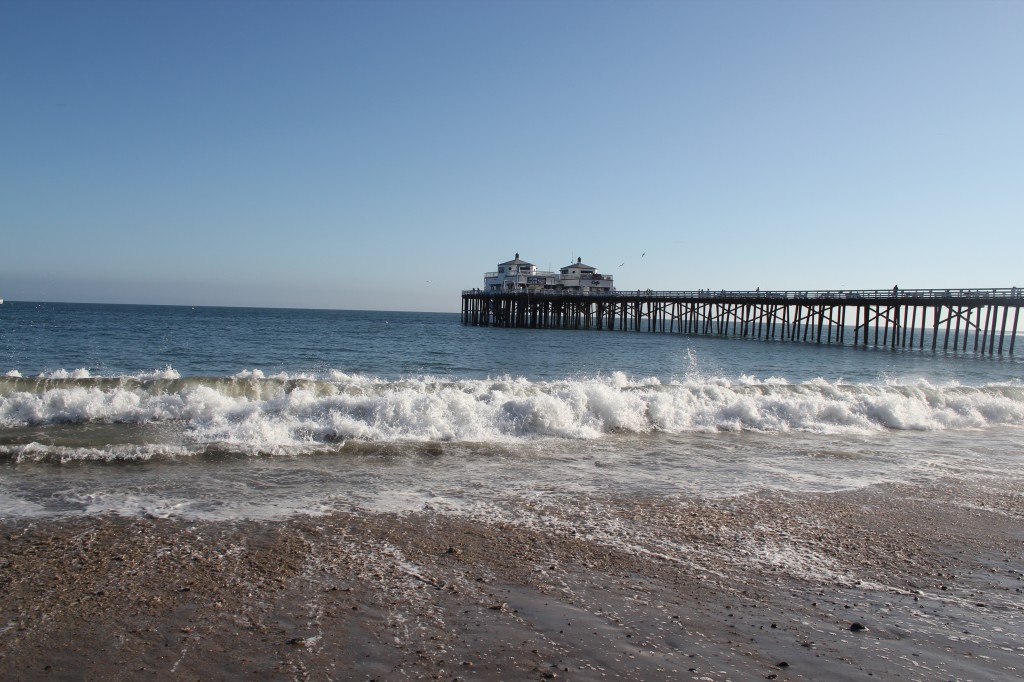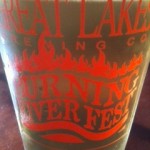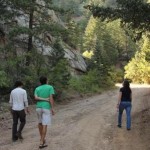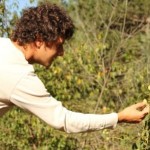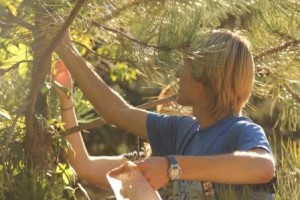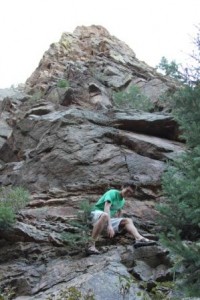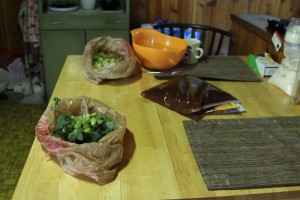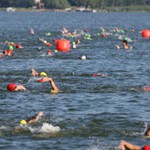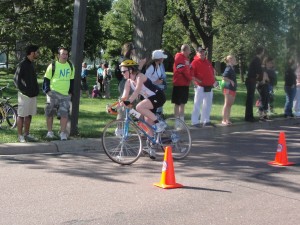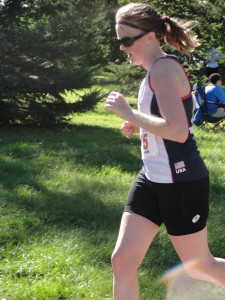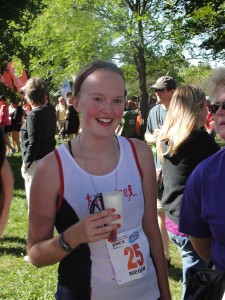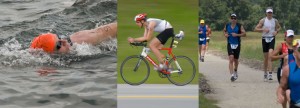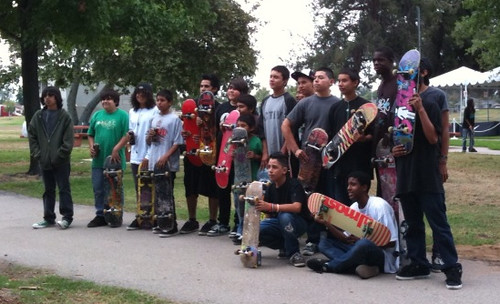Out in Front
While I will admit that waking at 5:40 AM never became easy, when you wake up knowing that you simply have an hour of easy jogging, it’s not so bad. First, before you protest let me explain how an hour run could be considered easy.
I began training as a distance runner as a 6th grader going out for track. Since that time I had run a competitive season at least once a year (of cross country and sometimes track) on into college. In the summer after my sophomore year at Macalester College I went to Kenya to train with and learn about the successful running culture of some of the worlds fastest runners. Before this morning, about 5 weeks into my 9 week trip, I had just completed possibly the hardest four days of training I had ever experienced, running between 1:45 and 3 hours a day while completing hard workouts that had me sprinting much of the time. So while this morning 5:40 felt as early as ever, the thought of an hour of light running felt like a much deserved break after the previous 4 days.
I dressed and went outside the compounds gates where it was still dark. In the early morning darkness it was always hard to tell which runners were who. Was the person next to me someone I knew well or someone I had never spoken with? Children bustled down the rocky dirt road on their way to school, and men and women either walked or drove to work.
As more runners began to gather and the time got closer to the magical hour of 6 am when the daily runs would begin, I looked for Elisha, my training partner, to see if we would run with the group or run on our own. Finally, after spotting another young runner who lived in the same room as Elisha, I asked if he knew if Elisha was coming. He assured me, yes he was running a bit late, but was coming. The group started off as usual running very slowly down the rocky road to the tarmac. I decided to follow suit but kept looking back for Elisha- not knowing if the group was going easy or hard today, and therefore if we would join them or not. The pace was easy enough, not that that meant much for the first minutes of a run in Kenya. You see, in Kenya, every run starts off extremely slowly. Runners- many of them whom are world class athletes that have raced in the Olympics or have won some of the worlds most competitive marathons- would start every run jogging at 12 minutes per mile. I was quite shocked when I first arrived to see runners who could average 5 minutes per mile for 26 miles running at a slower pace than most novice runners in the US would run.
But while the pace started slowly, it could quickly heat up to the point where I would be left after 20 minutes gasping for what little air was left at 6000 feet. When Elisha arrived he briefly spoke to another runner in Kalinjin- their first language- and one which I did not understand. I asked Elisha if we should stay with the group and he said yes. Elisha knew that this was to be our easy day and so I trusted that he had just learned the run would be short and easy as I relaxed and tried not to trip in the dark.
The route though was scarily familiar- it was Monday’s run and on Monday the pace quickly went from laughably slow to impossibly fast. As we turned off the main road onto another I felt the pace beginning to quicken slightly- nothing to write home about- but it had me wondering if this really was going to be an easy run.
As the sun begins to come up and the day moves sharply from dark to light I feel the pace accelerate again- ah it’s going to be like a Monday run I realize. I start to drop off the back a bit, but Elisha motions for me to keep up. He puts his arm down by his side gesturing for me to keep up. The motion is out of encouragement; I can tell that he really wants me to try to stay with the group so I get back up there.
After maybe 30 minutes we make a sharp turn onto a narrow road that immediately begins to go up hill. The effort increases on the hill and I really feel the hill repeats I did the day before. But, at the same time that I’m feeling tired I get a bit of boost when I see other runners turn off or “stop to use the bush.” I recall what Robert- my other training partner told me- “You are strong, why do you think the other runners stop? They don’t necessarily have to go to the bathroom but maybe the pace is too fast for them.”
I get dropped by the pack on the steep uphills- my legs are just too tired from the day before- but Elisha continues to motion for me to catch up and I realize that on the flat sections and down hill portions of the road I am able to accelerate and catch the group again. At the beginning of the run I was frustrated, “this was supposed to be our easy day” I thought to myself, but as the run continues I realize that I have been running with the group while they are running hard longer than I ever have.
At this point I am working really hard to keep up, and look at my watch and see that we have already run out in a single direction for almost 50 minutes. I see a familiar cut off point and ask Elisha if we can take it. He responds “I think it’ll be better if we just catch up with the group again,” ahh OK I think, we hit a down hill and I am able to catch up again with the back of the group. Then Elisha turns and says to me “Now go to the front!” My brain immediately thinks “WHAT?!?, doesn’t he know that as soon as the runners see the new/foreign runner go to the front they will take off?” After all describing these types of runs as competitive is an understatement. But to Elisha, I just laugh and say “OK, but this is my last push” and he replies that we can jog after we reach the forest.
So I make my move, I know that no one is going to easily let me pass on the narrow road so I have to run on the side at times to pass the runners. And while I can tell they notice and are definitely surprised that I am still with the group at this point, they let me pass. I almost get up even with the leader passing Wilsion Boit Kipketer- former world record holder in the steeple chase who acted as my mentor on the trip. We round a sharp turn and I get cut off on the inside forcing me back a few feet. I kick it up another gear to get back up with the leader when- wow- I take in the view of the open road in front of me. Rather than seeing the backs of other runners- for the first time while running hard with the group I am able to see the road ahead- I am leading the pack. Then I realize- I’m not even going 100%, I’m not even sprinting! And I am leading some of the best runners in the world. I almost became choked up: never did I imagine that this would happen when I dreamed of spending a summer running with world class athletes. Other words from Robert went through my head: “remember, they are working hard too.” I naturally pick up the pace as I see the forest coming closer and closer ahead, but I feel great and keep pushing the pace on into the forest.
-Martin
This article was first published on EntertainingYourself.com on June 8, 2010. Following his summer in Kenya, Martin Mudry returned to this beautiful country to film a documentary about these amazing runners. The movie is called “Where Dreams Don’t Fade” and after touring the world at numerous film festivals, it is now available on DVD.

